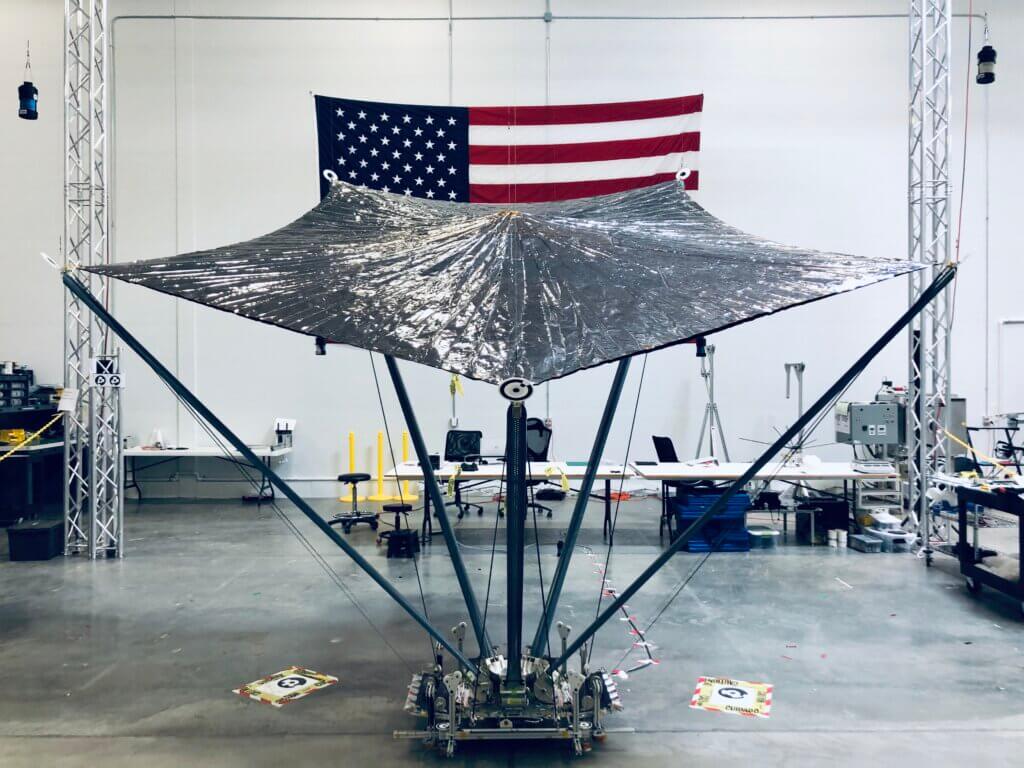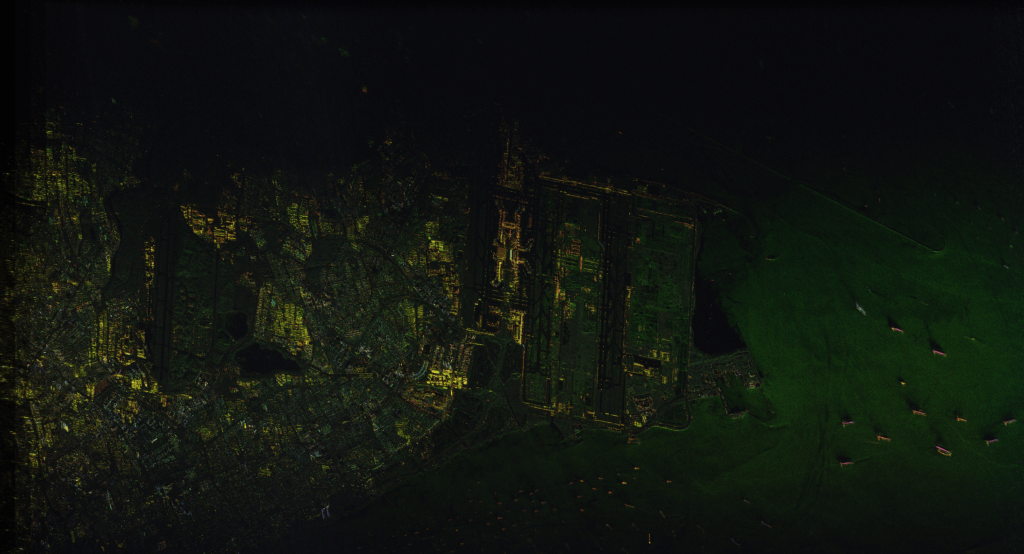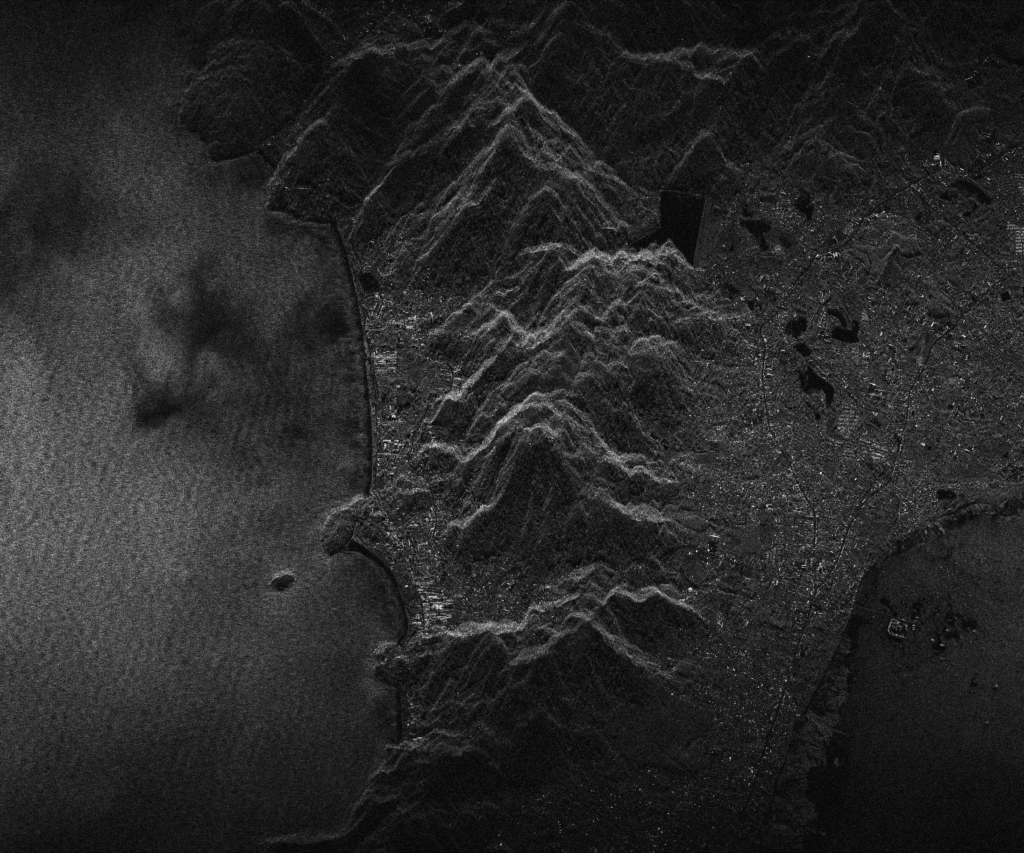Case Study: NeuSAR
NeuSAR Synthetic Aperture Radar
Players: DSO National Laboratories, Satrec Initiative, MMA Design, Agile RF Systems
The Challenge
DSO National Laboratories — Singapore’s national defence research and development organization — approached MMA Design in 2019 with an idea that would help them bolster Singapore’s growing space industry. They were aware of MMA’s development effort on the DARPA R3D2 mission and interested in our thin-film membrane technologies, previously demonstrated on the dragNET de-orbit system and the DaHGR antennas. They asked MMA to help them develop a Synthetic Aperture Radar (SAR) antenna that would support Singapore’s aviation, maritime, climate and sustainability efforts, and would serve as a pathfinder mission to explore the commercialization of a small satellite SAR constellation.
The Solution
Iterating on MMA’s T-DahGR and P-DaHGR antenna architectures, a next-generation deployable antenna was conceived. NeuSAR is a high-performance small satellite (160 kg) with a fully polarimetric SAR antenna. Unlike optical cameras that are restricted to daytime and clear weather imaging conditions, a SAR satellite “creates” images by sending radio waves to the Earth’s surface and collecting the returns to form images. Therefore, NeuSAR is able to capture images both day and night, as well as in difficult environmental conditions such as heavy cloud cover, rainfall and even haze.

NeuSAR antenna deployment testing at MMA’s testing facility in Louisville, Colorado.
With the next generation DaHGR antenna, MMA evolved many of the reliable components and assemblies previously flown. The pantograph hoop characteristic of the P-DaHGR was replaced by high-strain composite tapes, creating a simpler and more robust deployment and tensioning of the antenna, while significantly reducing the deployed inertia.

MMA team in South Korea supporting spacecraft
integration for the NeuSAR antenna.
The Results
NeuSAR launched on a Polar Satellite Launch Vehicle (India’s PSLV rocket) from the east coast of India on June 30, 2022, successfully deployed post-launch on July 4, and started providing on-orbit imagery of land and maritime regions for Singapore 8 days later. Being a small satellite, NeuSAR is cheaper and faster to build and operate, making Singapore’s goal of deploying a constellation of these small satellites achievable without sacrificing quality or compromising access to low-cost yet high-fidelity satellite imagery.

SAR imagery of Downtown Singapore.
Photo courtesy of Singapore’s Economic Development Board.

SAR imagery of Downtown Singapore.
Photo courtesy of Singapore’s Economic Development Board.

SAR imagery of Phuket, Thailand.
Photo courtesy of Singapore’s Economic Development Board.




